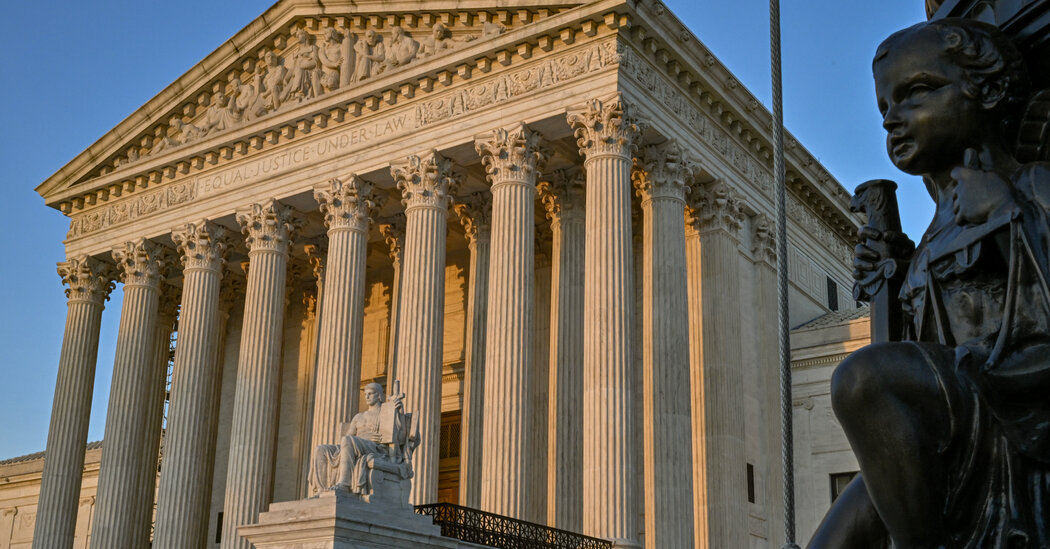In a surprise ruling, the Supreme Court has declared that Alabama diminished the power of Black voters by designing a congressional voting map with a single district where they were the majority. Chief Justice John G. Roberts Jr. authored the majority opinion in the 5-to-4 decision, joined by Brett M. Kavanaugh and three liberal members of the court. The ruling was a victory for voting rights advocates, who had feared that the decision would undermine the Voting Rights Act. The court found that a faithful application of existing precedents and a fair reading of the case record did not support the concerns. This decision was part of an ongoing battle over redistricting, with civil rights leaders contending that the process often disadvantages growing minority communities and Republican state officials insisting that the Constitution only permits limited consideration of race in drawing voting districts.
The case began after Alabama’s Legislature, which is controlled by Republicans, redrawn the congressional map to reflect the 2020 census. The state has seven congressional districts, and about 27% of its voting-age population is Black. The new map preserved a single district where Black voters were the majority, and the district had consistently elected a Democrat while the state’s other six congressional districts were represented by Republicans. Following the challenge by Black voters and advocacy groups under the Voting Rights Act, a unanimous three-judge panel of the Federal District Court in Birmingham ruled that the Legislature should have fashioned a second district “in which Black voters either comprise a voting-age majority or something quite close to it.”
The Supreme Court’s unsigned decision was supported by Judge Stanley Marcus, who typically sits on the U.S. Court of Appeals for the 11th Circuit in Atlanta and was appointed by President Bill Clinton, as well as judges Anna M. Manasco and Terry F. Moorer, both appointed by President Donald J. Trump. The panel found that voting in the state is racially polarized and that it would be possible to draw “a second reasonably configured district” to permit Black voters to choose their preferred candidates. However, last year, the Supreme Court temporarily blocked the lower court’s judgment by a 5-to-4 vote, ensuring that the 2022 election will use the Legislature’s map, with a single district where Black voters are in the majority.
In 2013, the Supreme Court effectively gutted Section 5 of the Voting Rights Act in Shelby County v. Holder. This law had mandated federal clearance of changes to state and local voting laws in regions of the country with a history of racial inequality. Following that decision, the public was assured that Section 2 of the act would remain to defend voting rights by authorizing litigation after the fact. The new case from Alabama, Allen v. Milligan, No. 21-1086, focuses on section 2, but in the context of redistricting. Section 2 prohibits any voting process that “results in a denial or abridgment of the right of any citizen of the United States to vote on account of race.” Such an infringement arises when racial minorities “have less opportunity than other members of the electorate to participate in the political process and to elect representatives of their choice.”














